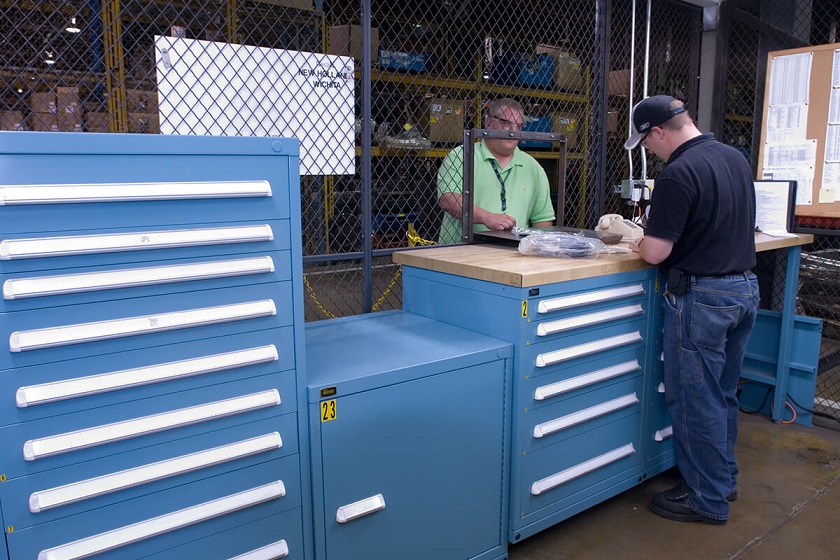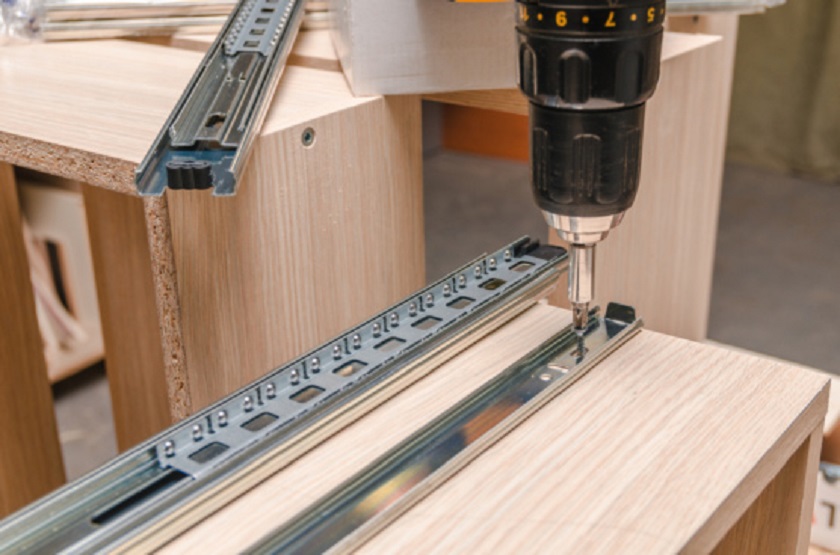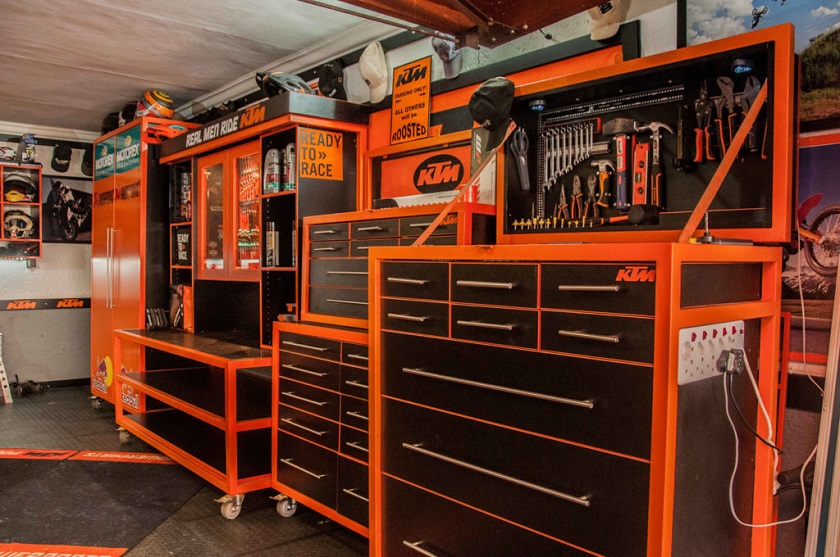Tooling Cabinets Buying Guide
Constantly looking for tools in the wrong place? Consider getting a custom tool storage solution for the space you work in. Tool chests, cabinets, portable tool boxes and bags, wall pegboards, and workbenches are just some of the items that you’d find in a well-organized workshop or garage. Add to this a dedicated ute toolbox if your ute is your workshop, and the options start to multiply.
Some of us will only have the basics to get general repairs around the house done in a matter of minutes, while others will rely on a number of different tools in day-to-day jobs bringing in the bacon. Having everything stored, safe, and in one neat place saves time, speeds up workflow, and keeps your investment in different tools over the years free of damage.
Why Choose a Tool Cabinet or Chest?
Investing in practical tooling cabinets and tool chests certainly has its benefits. First is the better usage of overall space. Workshops and garages can get busy and parts lying around won’t help with the safety side of things. A bespoke tool cabinet, tailored to fit a designated area within the workshop both frees up space and improves overall workflow and safety standards. There’ll be no tools in the way and ready to cause hazards.
Security is also key. By having everything neatly stowed away there’s no chance of tools going missing or being lost. Theft does occur in both big and small businesses, so having a solution that stores expensive tools and equipment is the way to go.
How your workspace is organised speaks volumes of the business and you as an owner. Customers always appreciate a workspace that is neat and well laid out. This has benefits of its own. Tools can be filtered by type or brand and designated a separate chest or cabinet.
Smaller or hand tools can also be stored in a different location than say power tools. The aim is to remove clutter, and speed up workflow. Tools that are in quick reach help in this respect. There’ll be no unwanted downtime. Or the incorrect tool for the job at hand.
Lastly, consider durability. Metal tooling cabinets and chests can withstand higher loads, and protect everything inside in harsh environments as workshops are known to be. You’ll also have peace of mind knowing that both tools and the cabinet or chest will last. Having tools stored also minimises the risk of them being damaged, dropped, or broken.
Buying Tool Cabinets – What to Look for

Not all tool cabinets make the cut. You’ll want something that has just enough space, easy access to tools, good safety features, and is built to stand the test of time. Selecting a tooling cabinet then is about its intended use, the type and size of the tools it’s meant to store, how often these tools are used and the allotted space the tool cabinet will take regarding the complete layout of the workspace.
Size and Storage Capacity
Overall heights, widths, and depths of cabinets will vary from one model to the next, but what is crucial is having something that will fit the space that has been set aside, and the cabinet having enough storage space for the tools it’s intended for. The possibilities for mixing and matching (often in the same space) are virtually endless.
Larger, full-height cabinets, for instance, can be used as standalone units or stacked with another cabinet of the same or smaller size. This is down to the robust build. Keep in mind the number of tools you have and leave space for any additions further down the road.
Build and Materials

This is an investment that you want to last, so don’t skimp on build quality and the choice and finish of the materials. Tool cabinets are built around a sturdy metal frame made of thick gauge steel, and the same is used in drawers and shelving. The metal is coated to resist knocks, liquids, and chemicals.
Drawers have weighted dampening provided by industrial bearings for smoother operation and are often lined with foam padding inside to protect tools. Internal drawer dividers also help with organising your tools and parts. Top shelves are optioned in thicker steel or rubber to double as workbenches and support the weight of stacked cabinets.
Smooth, high-quality welds keep joints together. Rubber seals are used to wick away any water, oil, or other liquids. If buying portable roller cabinets, also take a look at the materials used in the castors and wheels. These need to support the weight of a fully loaded cabinet and have low rolling resistance for easy maneuverability. Lockable, braked castors are mandatory.
Drawers, Shelves, and Storage Features

The size and number of drawers determine what can be kept inside. Top drawers are often smaller and meant for tools that you’ll be using more often, while bottom drawers are larger and meant for bigger tools or equipment. All can take high loads, in excess of 75 kilos per drawer regardless of size.
Shelves are more commonly built as sturdier storage solutions, able to hold extremely heavy items, such as larger engine parts. Pegboards are another versatile addition featured with most larger cabinets. Again, consider what needs to be stored, and configure your tool cabinet as needed.
Locks
Keeping expensive tools safe and secure is achieved with locks. Most cabinets have point key locking mechanisms that will either lock individual drawers or doors or the unit as a whole. Locks are one way to restrict access to certain tools for employees.